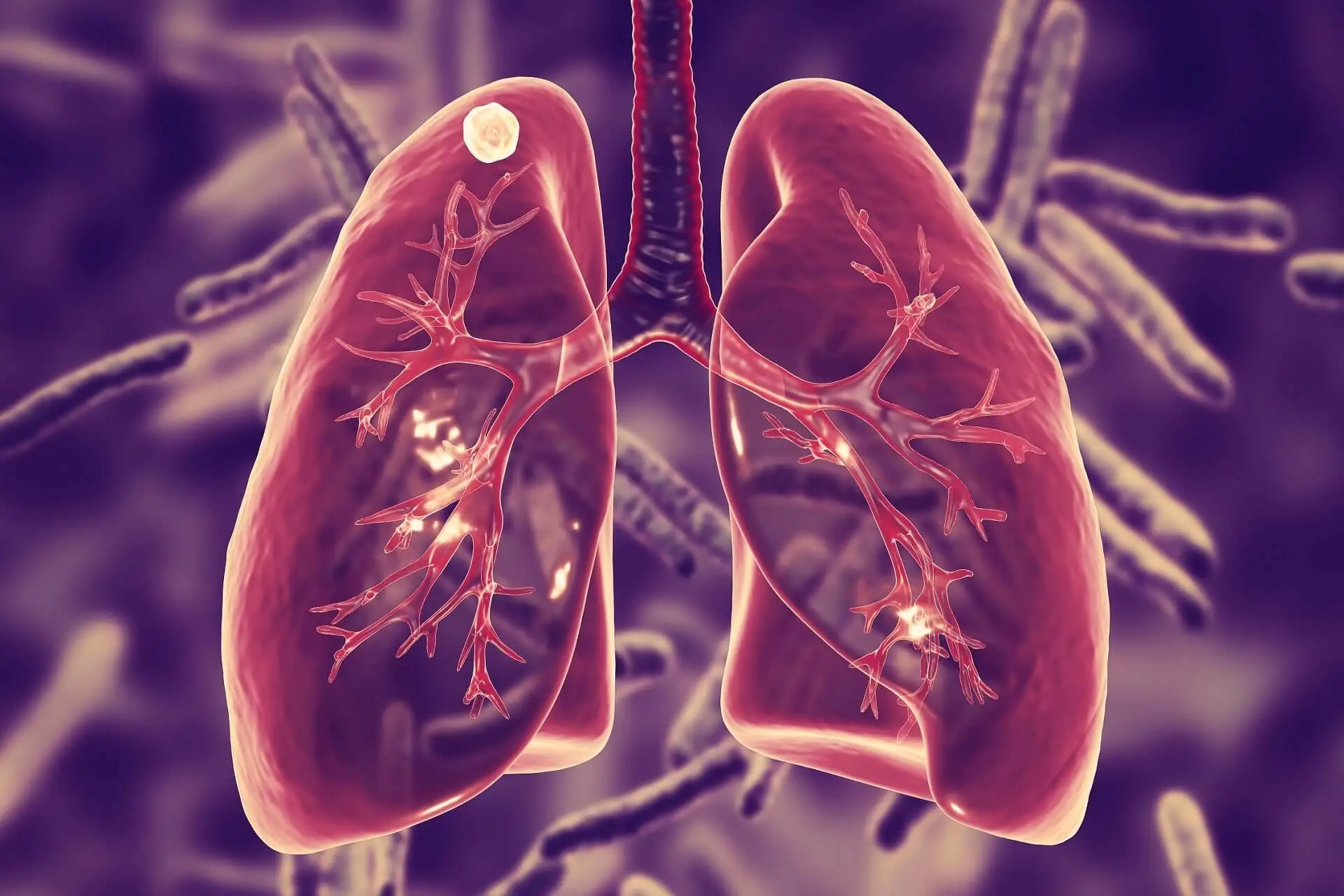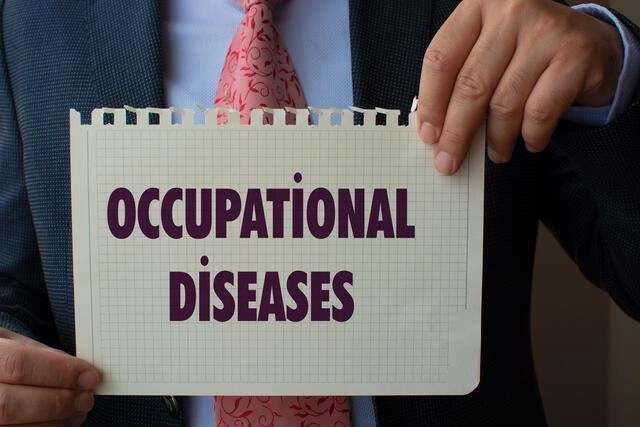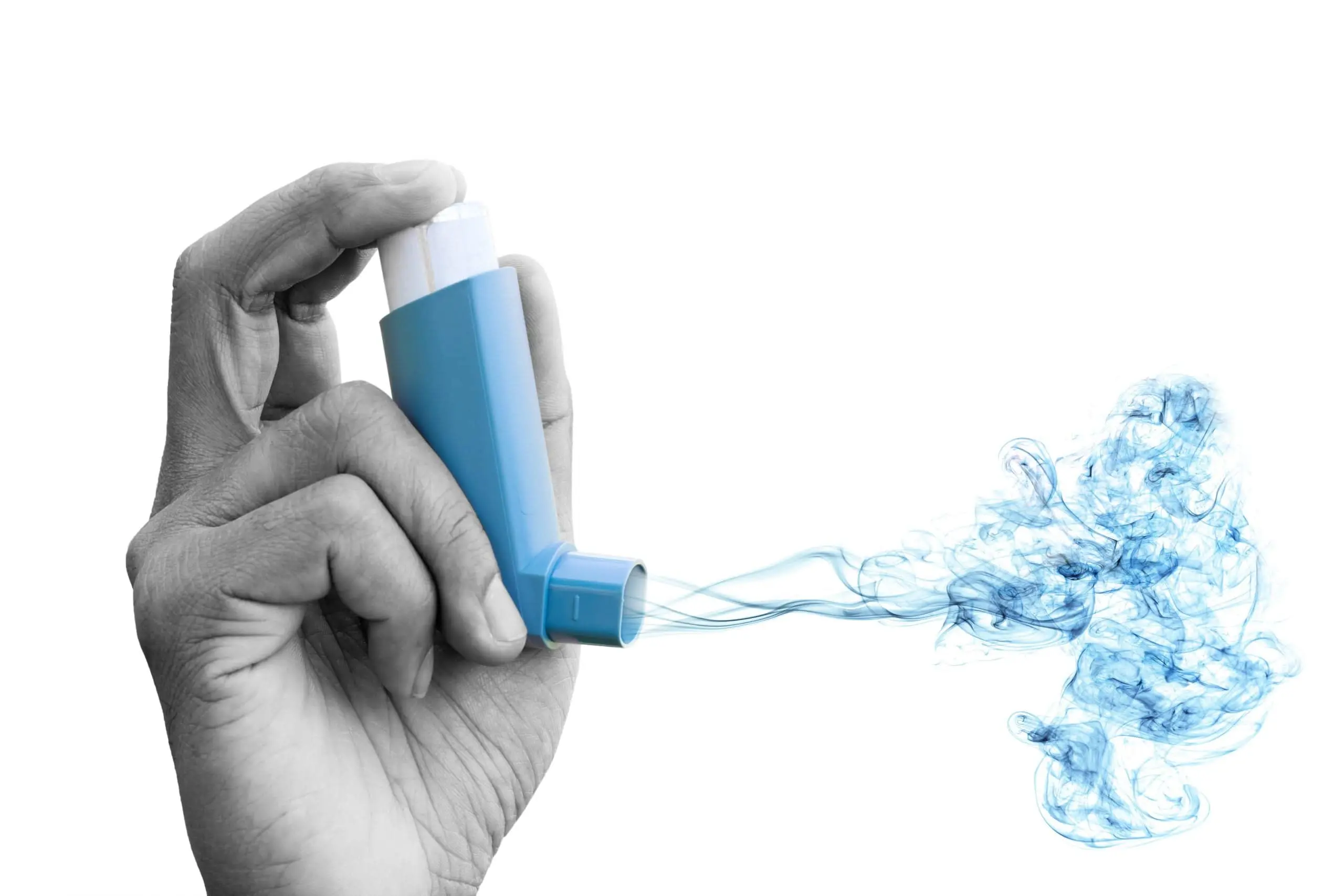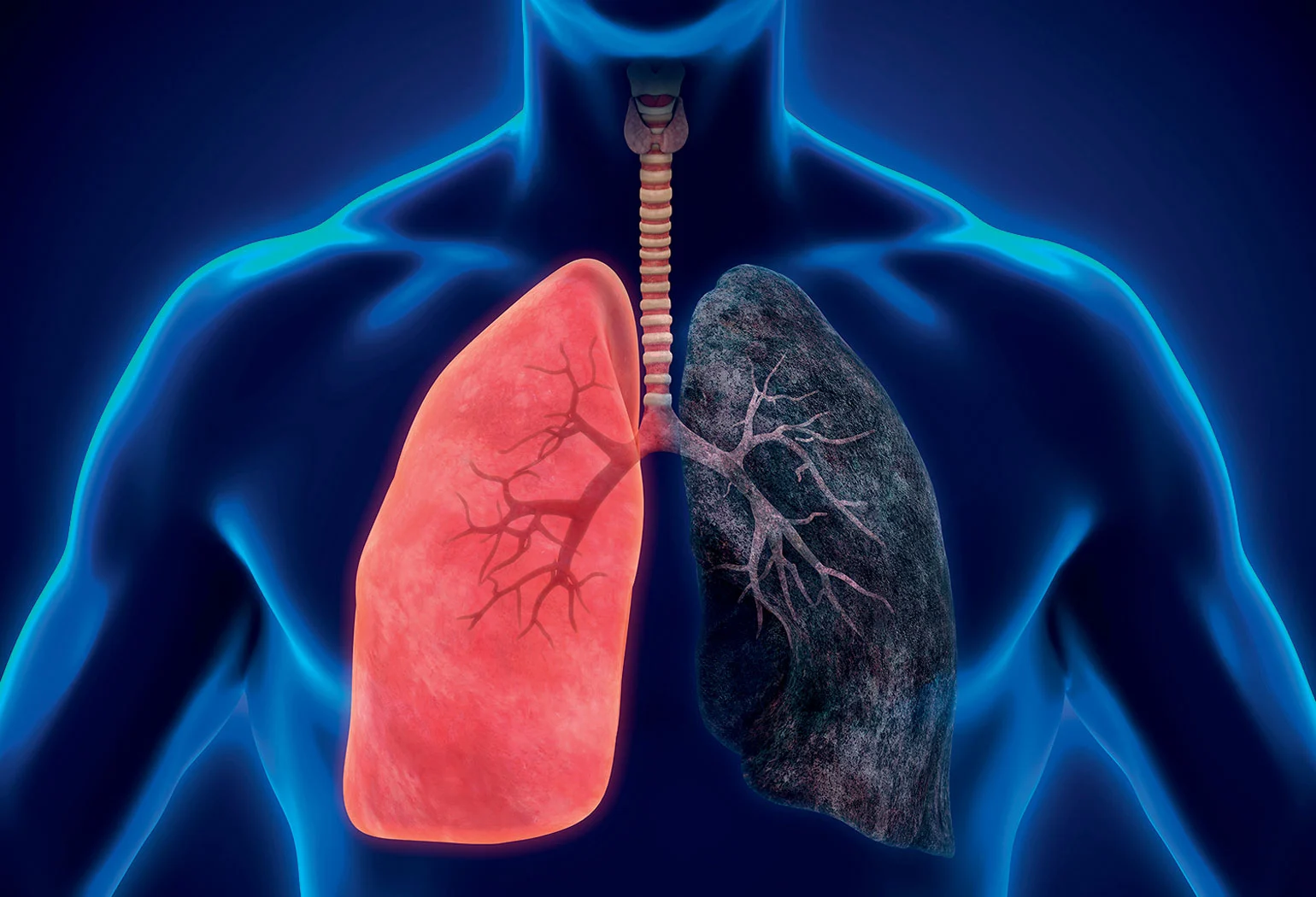Berylliosis, also known as chronic beryllium disease (CBD), is a granulomatous condition caused by beryllium exposure.
Read MoreWaste Control | 8 Strategies and Practices
Introduction
Waste is produced by most human activities. Waste generation remains a major source of concern, as it has been since prehistoric times. In this article, we will discuss different strategies for waste control.
The rate and volume of waste generation have risen recently. The variety of waste also increases as waste volume does.
Classification and Types of Waste
Waste can take on many different forms, and there are many ways to characterize it.
Common characteristics used in the classification of waste include: –
- Physical states.
- Physical properties.
- Reusable potentials.
- Biodegradable potentials.
Here are the most commonly used classifications: –
Physical state
- Solid waste
- Liquid waste
- Gaseous waste
Source
- Household/Domestic waste
- Industrial waste
- Agricultural waste
- Commercial waste
- Demolition and construction waste
- Mining waste
Environmental impact
- Hazardous waste
- Non-hazardous waste
Waste Control Strategies and Practices
Waste management refers to the process of gathering, transporting, and processing wastes before disposing of any remaining residues.
Certain waste management techniques are frequently preferred over others.
Reuse, recycling, composting, and energy production from incineration, for instance, are frequently preferred to landfills.
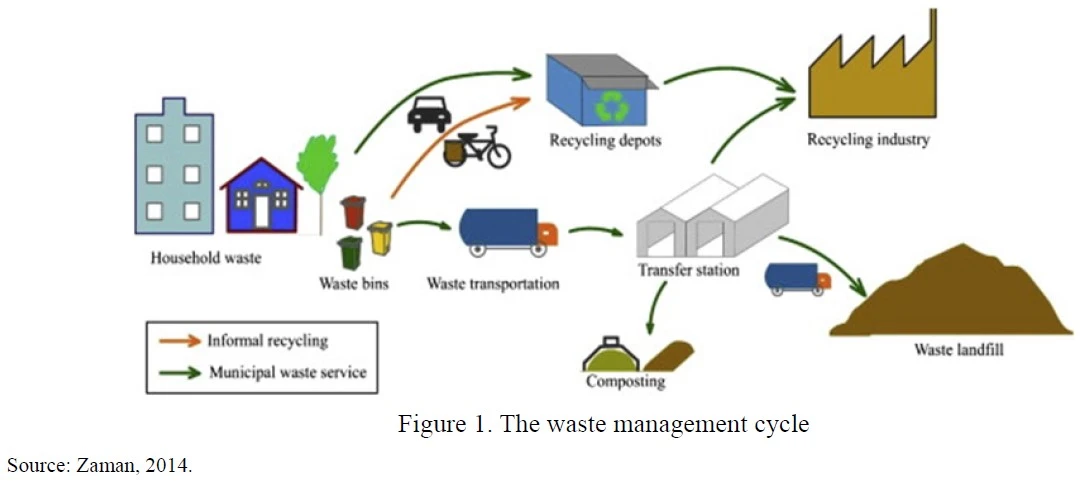
The Waste Management Cycle
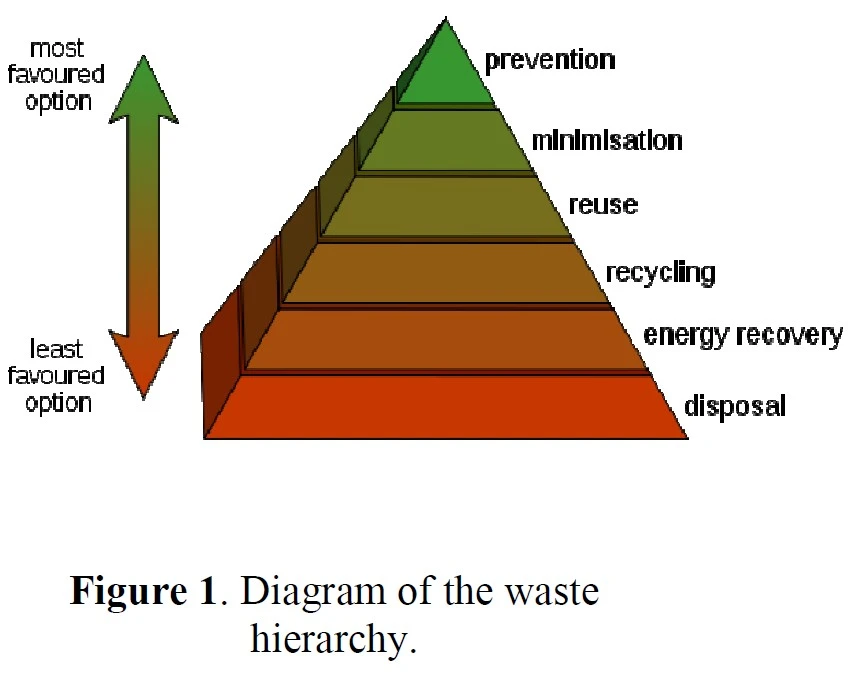
Diagram of Waste hierarchy
The waste hierarchy refers to the “3 Rs” of reduce, reuse, and recycle, which categorize waste management strategies based on their desirability for waste minimization.
The waste hierarchy is still the cornerstone of most waste minimization strategies.
The waste hierarchy aims to produce the least amount of waste while maximizing the practical benefits from products.
1. Waste Minimization
The first strategy used for waste control is waste minimization, it means minimizing waste at the source.
In general, this means practices such as: –
- Reusing materials in their original form whenever possible.
- Separating waste at the source into different streams before it is collected for recycling and recovery.
- Diverting waste from landfills using the proper facilities and mechanisms.
- Facilitating the processing or treatment of any recyclable waste in an economical and environmentally sustainable manner.
2. Landfill
In most countries, burying waste is still a common practice for waste control , they dispose it in a landfill.
Landfills were frequently built in unused or abandoned quarries, mining voids, and borrow pits.
A properly designed and managed landfill can be a hygienic and relatively inexpensive way to dispose of waste.
Disadvantages
Older, inadequately constructed, or poorly managed landfills may have several negative effects on the environment, including: –
- Wind-blown litter.
- The attraction of vermin.
- Generation of liquid Leachate.
Gas is a typical landfill byproduct that is created when organic waste breaks down anaerobically. Gas is primarily made of methane and carbon dioxide.
This gas can cause odor problems, kill surface vegetation, and is a greenhouse gas.
3. Incineration
Incineration is a waste disposal method that involves the combustion of waste.
Thermal treatment is a term that has been used to describe incineration and other high-temperature waste treatment methods.
Waste is converted by incinerators into heat, gas, steam, and ash.
It is recognized as a practical method of getting rid of some hazardous waste (such as biological medical waste).
Due to problems like the emission of gaseous pollutants, incinerating waste is a controversial method of waste control.
4. Recycling Methods
Recycling is one of most common waste control procedures.
In most developed countries, the term “recycling” is used to describe the widespread collection and reuse of everyday waste materials like empty beverage containers.
These are gathered and sorted into common types so that the raw materials used to make the items can be reprocessed into new ones.
Recycling materials can either be gathered separately from general waste using designated bins and collection vehicles or they can be sorted directly from mixed waste streams.
The most frequently recycled consumer goods are corrugated fiberboard boxes, steel food and aerosol cans, HDPE and PET bottles, glass bottles and jars, paperboard cartons, aluminum beverage cans, newspapers, and magazines.
5. Sustainability
A key component of keeping an organization’s ISO14001 certifications is waste control and management.
Every year, companies are encouraged to increase their environmental efficiency.
Introducing a new recycling service can help a business control its waste better. (Examples include recycling plastic bottles, glass, paper, cardboard, and food waste.)
6. Biological Reprocessing
Organic wastes, including plant matter, food scraps, and paper products, can be recycled by using biological composting and digestion processes to break down the organic material.
The organic material that results from this process is then recycled as mulch or compost for use in landscaping or agriculture.
To maximize efficiency, waste gases from the process, like methane, can also be captured and used for generating electricity and heat (CHP)/cogeneration.
The goal of biological waste management is to speed up and regulate the natural process of decomposition of organic matter.
Organic materials can be converted directly into synthetic gas through gasification and advanced Plasma arc gasification.
7. Energy Recovery
Waste products’ energy content can be utilized either directly by using them as a fuel for direct combustion or indirectly by processing them into another fuel.
Thermal treatment recycling ranges from using waste as a fuel source for cooking or heating to anaerobic digestion and the use of gas fuel, to fuel for boilers that generate steam and electricity in a turbine.
Both gasification and pyrolysis involve heating waste materials to high temperatures with limited oxygen availability.
8. Avoidance and Reduction Methods
Waste reduction, also known as waste prevention, is a crucial component of waste management.
Methods of avoidance include: –
- Reuse of second-hand products.
- Repairing broken items instead of buying new ones.
- Designing products to be refillable or reusable (such as cotton instead of plastic shopping bags).
- Encouraging consumers to avoid using disposable products (such as disposable cutlery).
- Removing any food/liquid remains from cans and packaging.
- Designing products that use less material to achieve the same purpose (for example, light weighting beverage cans).
Summary
Waste management is the process of gathering all materials that are discarded to recycle them, lessen their negative effects on our health, our environment, and our surroundings, and improve our quality of life.
Waste management procedures vary between developed and developing countries, urban and rural areas, and residential and industrial producers.
It goes through a cycle of monitoring, collection, transportation, processing, disposal, and recycling.
Waste Control Strategies and Practices Include: –
- Waste minimization
- Landfill
- Incineration
- Recycling methods
- Sustainability
- Biological Reprocessing
- Energy Recovery
- Avoidance and reduction methods
How useful was this post?
Click on a star to rate it!
Average rating 0 / 5. Vote count: 0
No votes so far! Be the first to rate this post.
I'm sorry that this post was not useful for you!
Let me improve this post!
Tell me how I can improve this post?
References
- The concept of waste and waste management – researchgate. (n.d.). Retrieved December 4, 2022, from ResearchGate
- Waste management practices used in the attempt to protect the environment. (n.d.). Retrieved December 4, 2022, from ResearchGate
Occupational diseases are conditions that are linked to a specific job or industry. This article will provide...
Read MoreOccupational asthma is asthma caused by work-related exposure to a pulmonary sensitizing agent. Thus, OA can be...
Read MoreAsbestosis is a specific type of pneumoconiosis that is defined as chronic diffuse fibrosis of the lung...
Read MoreRecent Posts
-
SAPHO Syndrome | Causes, Symptoms, Diagnosis & Treatments
-
Systemic Lupus Erythematosus | Causes, Symptoms & Treatments
-
Gastric Ulcers | Causes, Symptoms, Complications & Treatments
-
Wiskott-Aldrich Syndrome | Causes, Symptoms & Treatments
-
The 4 Stages of HIV Infection | Ultimate Guide
-
Good’s Syndrome | Symptoms, Causes & Treatments
-
Acquired Angioedema | Causes, Symptoms & Treatments
-
Rheumatoid Arthritis | Symptoms, Causes, Diagnosis & Treatments
-
Acute Pancreatitis | Causes, Symptoms, Diagnosis and Treatments
-
Pernicious Anemia | Causes, Symptoms, Diagnosis and Treatments
-
Sickle Cell Anemia | Causes, Symptoms, Diagnosis and Treatments
-
Aplastic Anemia | Causes, Symptoms, Diagnosis and Treatments
-
Diamond Blackfan Anemia | Causes, Diagnosis and Treatments
-
Sideroblastic Anemia | Causes, Symptoms & Treatments
-
Organic Dust Toxic Syndrome (ODTS) | Symptoms, and Treatments

